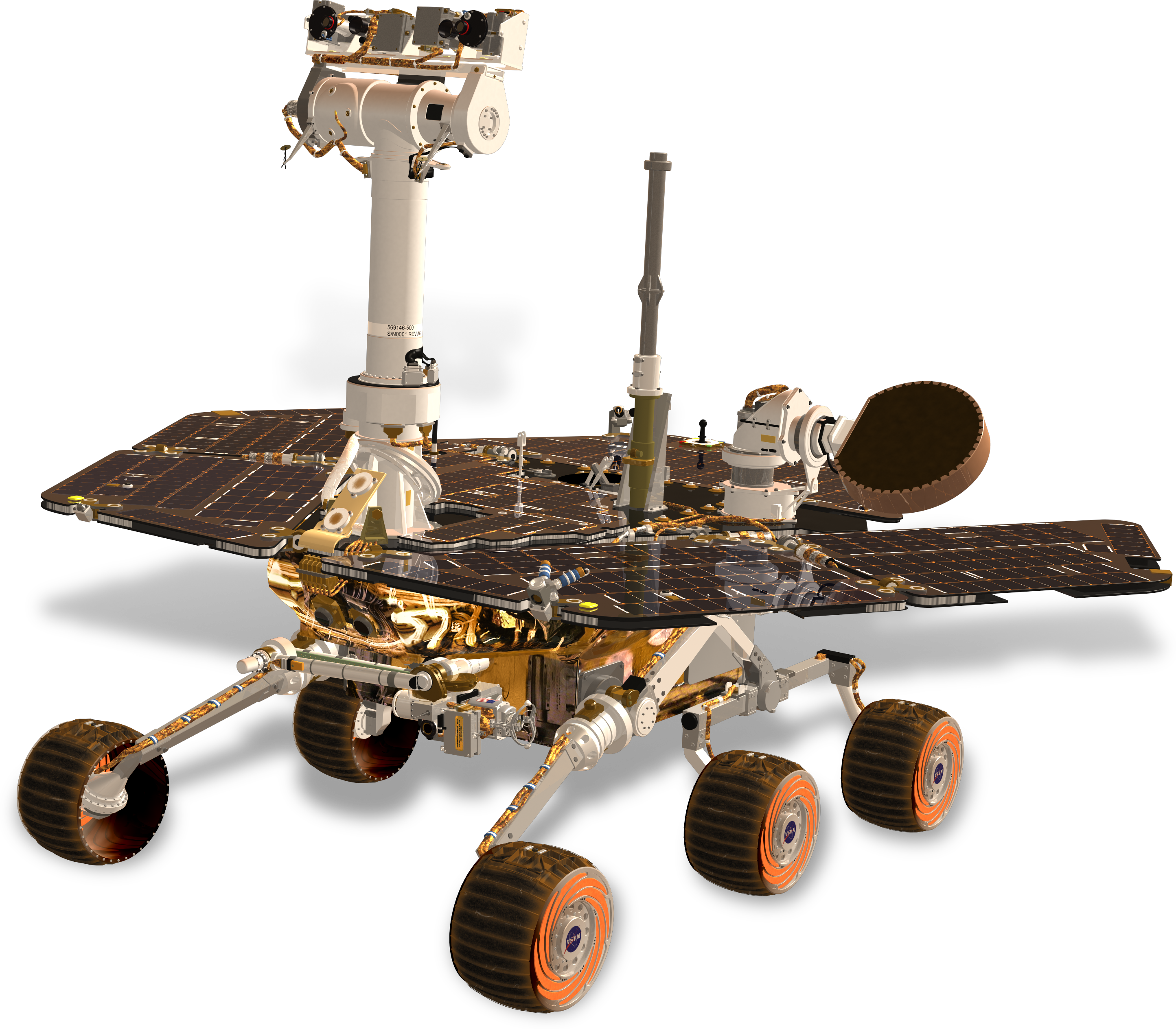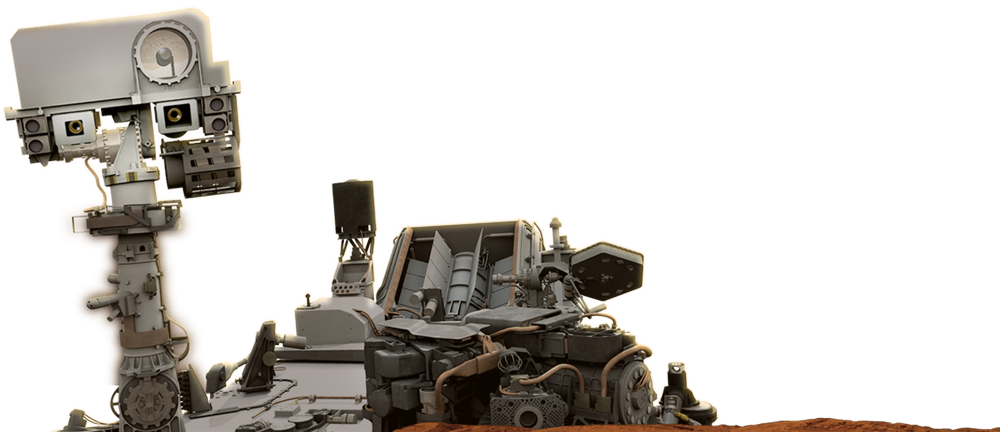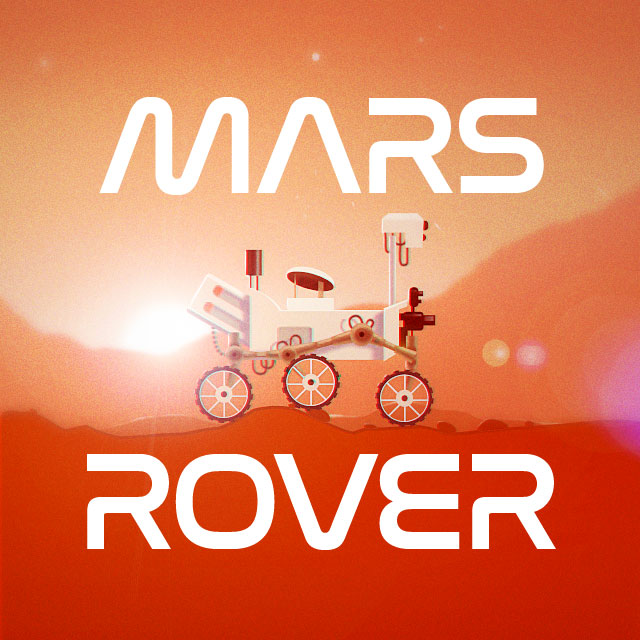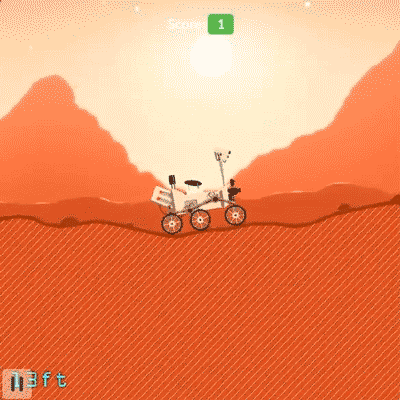Mars Rover Game

Life in the Fast Lane
While your game Mars rover really speeds along, NASA's rovers actually stay in the slow lane! With a top speed of about 2 inches per second, it would take Curiosity about 30 minutes to cross a football field! Engineers play it safe with slow, careful driving. They also use slightly faster computer animations to analyze its path.
Driving Distance
You can drive your game rover in real time with the arrows on your phone. Mars rover drivers can't, because the signal takes too long to get to Mars. Instead, rover drivers send a list of commands to the rovers once per day. The rover finishes its 'to do' list. Then, it usually takes a nap to recharge its batteries.
Phoning Home
Mission control may tell you "Good Job!" while driving your game rover. Because Mars is so far away, we don't always know if the real rover is doing its job on Mars. We wait for Curiosity to send back pictures and information. Usually, rovers can only send data when Mars orbiters pass overhead, collect the data, and send it back to Earth. The data tells us how far the rover drove and if it is 'feeling' healthy. Based on that information, engineers make plans for the next day's exploration.
Hill Climber
Your game rover has a hard time with steep slopes. NASA's rovers can climb steep hills and explore deep craters. However, safety comes first! We don't want to risk tipping a rover over, because there are no tow trucks on Mars! While engineers can test drive a rover on Earth on a 45-degree slope, they usually don't risk anything over 30-degrees on Mars - and not often!
Wonderful Wheels
Your game Mars rover takes on some rough terrain. If you hit a rock, it's mission over! Curiosity's aluminum wheels have faced sharp rocks, and show some wear and tear. However, testing on Earth shows that if we drive the rover carefully, a few holes and dings cannot stop this rover from rolling!
Searching for Water
Mars Rover game players are searching for water, which on Mars, is better than gold! On Earth, where there is water there is life. Searching for signs of water is the first step to learning if Mars ever could have supported life. We see lots of signs that Mars once had water at the surface. Today, rovers drive through dusty deserts with no oasis in sight.
The Mars 2020 rover will carry a tool called RIMFAX. It uses radar to find water under the ground. Water under the ground could be a resource for microbes or for future human explorers. More ›
Peach-colored Skies
The Martian sky in your Mars rover game appears peach. You might see it if you were on Mars! The sky is peach because of tiny reddish dust particles floating around. During dust storms, the skies can turn rust or even brown – that could mean less energy for a solar-powered rover.
Is Mars Really Red?
No! Mars is called "The Red Planet" because of its reddish tint in the night sky. Mars is mostly rust-colored because of the iron in its soil. When exposed to the small amount of oxygen in the Martian atmosphere, the iron oxidizes, or rusts. That 'rusty dust' can also blow into the air, turning the sky a peach color.










Find out more about
NASA's Mars Rover missions
Mars 2020 Rover Curiosity Rover Opportunity & Spirit RoversAll Mars










